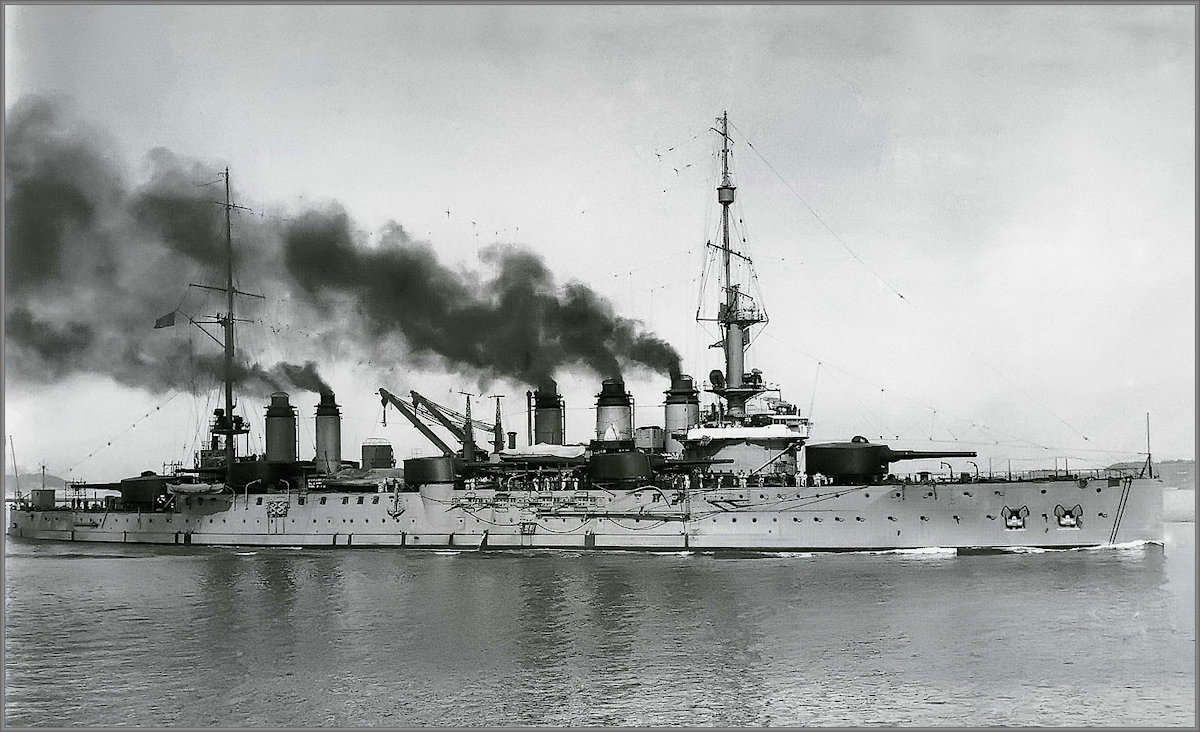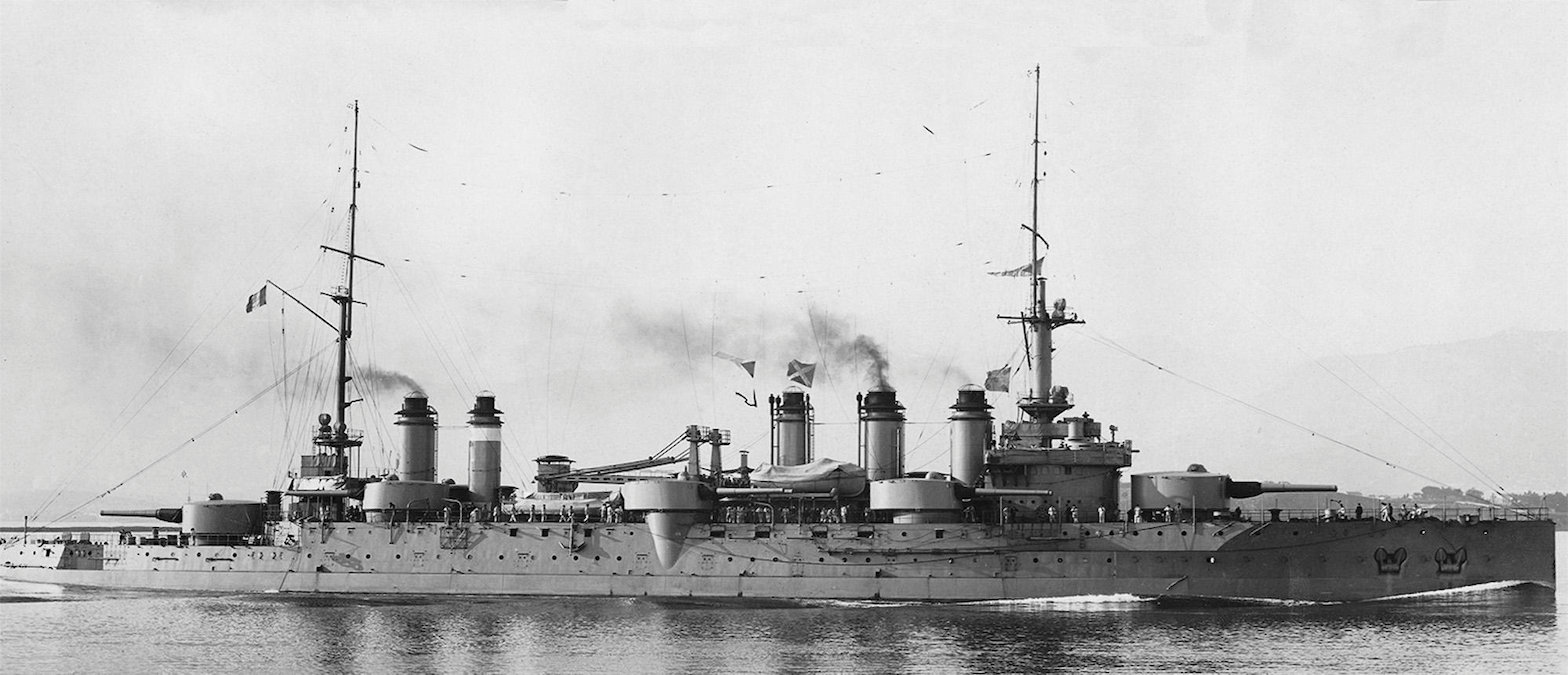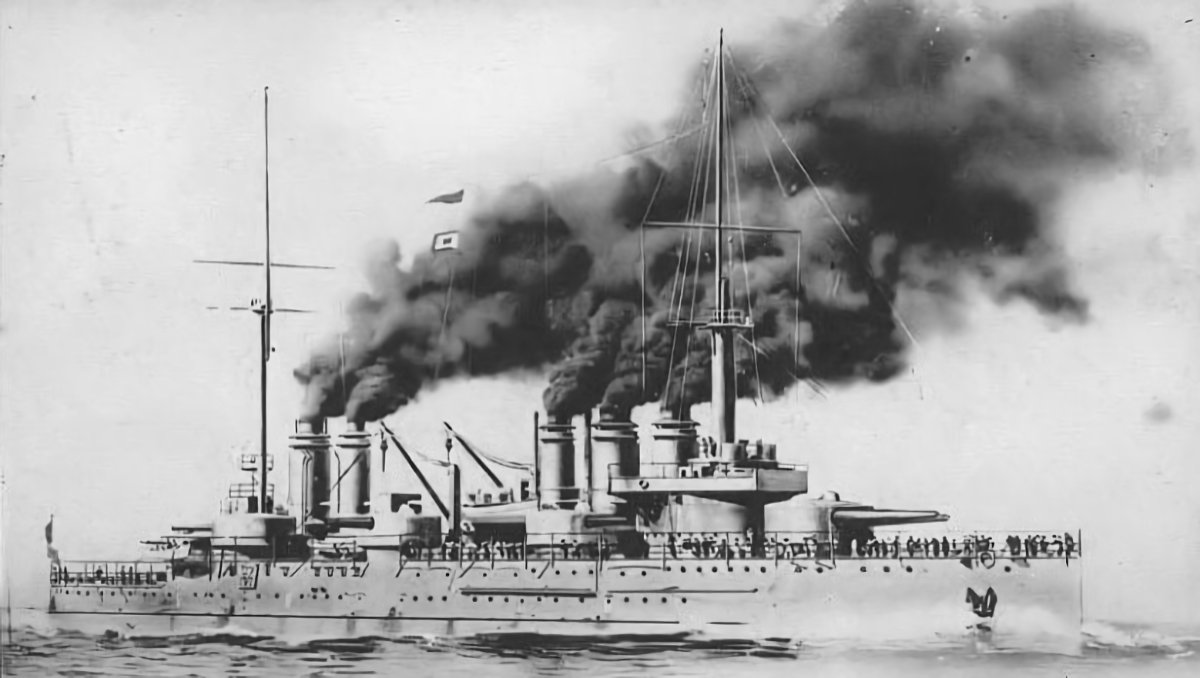Tag: Military
-
French Battleship Diderot

French Battleship Diderot Diderot was a French semi-dreadnought battleship of the Danton-class. Launched on 19 April 1909, she was commissioned into the Marine Nationale on 1 August 1911. On 16 August 1914, Diderot participated in the Battle of Antivari along with a large Fleet of British and French ships. She participated in the sinking of… Read more
-
French Battleship Danton

French Battleship Danton The lead ship of her class, Danton was a semi-dreadnought of the French Navy. She was launched on 4 July 1909 and commissioned on 1 June 1911. On the outbreak of the First World War, Danton was used to escort troop ships from North Africa to Europe, as the German battle cruiser… Read more
-
French Battleship Condorcet

French Battleship Condorcet Condorcet was a French semi-dreadnought battleship of the Danton-class. Launched on 20 April 1909, she was commissioned into the Marine Nationale on 25 July 1911. On 16 August 1914, Condorcet participated in the Battle of Antivari along with a large Fleet of British and French ships. She participated in the sinking of… Read more